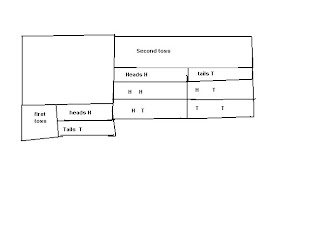Today in Math we did number of the day, 1347.892. Then we were given a Sudoku to complete using the letters... S.P.R.I.N.G.
The first one we were given was Easy,
The next one was supposed to be harder,
The last one was the Hardest,
We had to later correct them...
This is the answer for #2
After we were done we got to play a game with a friend called Isolation, this game is where the players take turns at colouring a hexagon, and you couldn't colour a hexagon that is joined to one that is already coloured. the object of the game was to be the last player to shade in a hexagon.
Thank You For Reading My Scribepost
The Next person to do the blogging will be ...
umm I don't know Kevin I guess
Sorry that i wasnt able to post the answer for Sudoku #3 but i wasnt able to get it written down.























